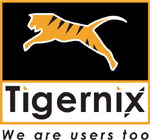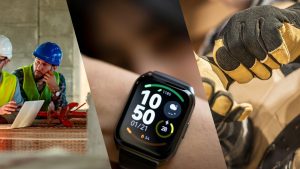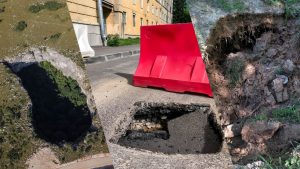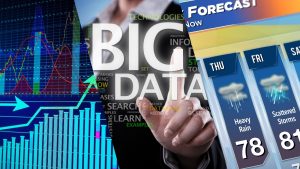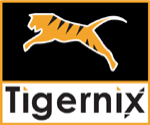Can you believe that we have stepped into an era where even the machines can sense the world? Have you ever thought about what happens behind the curtains of those vacuum robots moving around your furniture and the drones flying above your head, taking some beautiful camera shots? How do they not crash into obstacles when flying? The mystery behind them is ‘Object Detection Sensors’, which is the technology that is not visible to you yet, that empowers devices to sense their surroundings. These sensors lie in the centre of smart systems, ranging from industrial automation to autonomous vehicles. But with a large variety of sensors available in the picture, how can you pick the right one for your requirement?
In this article, we will be exploring the technology of object detection sensors and looking deep into their real-world applications.
What are Object Detection Sensors?
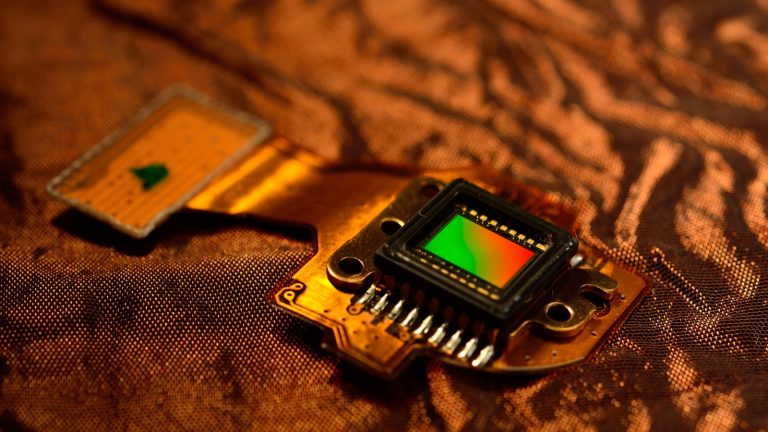
- Object detection Sensors are the terms that represent the tools, enriched with the power to technologically sense and track the presence, movement, and location, things or objects within an environment.
- The function of these sensors requires energy, such as sound, light, or electromagnetic waves. This is how they can detect items, reflections, resistance or changes caused by surrounding objects.
- The underlying technique usually requires tracking intensity, fluctuations in time, or frequency of the returning signal. Then they proceed to calculate the size, distance, and motion of the tracked item.
- In the automation landscape, object detection sensors play a huge role concerning safety and navigation, as that is what gives the power to robots and systems when it comes to interacting intelligently throughout their environment. It simply removes the necessity of human involvement in this technology.
- No matter whether it is industrial automation, self-driving cars, or security systems, they lay the basis for robots to process further.
7 Types of Object Detection Sensors
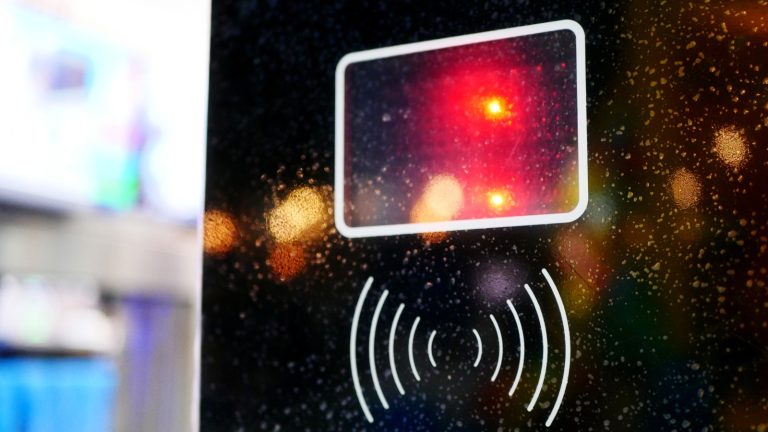
Ultrasonic Sensors
Ultrasonic sensors have been developed to capture objects through their ability to send out high-frequency sound waves. This sensor type works by measuring how long it takes for the echo to return. That is the foundation for the mathematical calculation of the object’s distance and existence. When optical sensing is challenging, and in the cases of short-range detection, the industrialists employ ultrasonic sensors.
Colour, transparency, and lighting conditions have a minimal impact when it comes to their performance. In the real world, we can see that ultrasonic sensors are popular for robotic obstacle avoidance, car parking assistance, and industrial automation for conveyor belts. It can easily enable item identification and tank level sensing.
They provide dependable, cost-effective proximity detection but have limited range and resolution.
Infrared (IR) Sensors
Infrared sensors are designed to function by generating infrared light and monitoring how it gets caught or interrupted by objects. They are outstanding tools in the circumstances where short-range detection, motion detection, and presence sensing are necessary.
As one of the best benefits, IR sensors come with the capacity to detect temperature differences, which makes them the best technology for human motion monitoring and security systems. Since these sensors are small in size and they are quite energy-efficient and affordable, and IR sensors are popular for the manufacturing of automated doors, consumer electronics, and hand dryers.
However, the issue with IR sensors is that they get challenged by the bright ambient light and reflecting surfaces. Also, compared to ultrasonic or LIDAR sensors, their range is limited.
LIDAR (Light Detection and Ranging)
LIDAR sensors define the devices that can capture things through their capabilities to send laser pulses and measure the time it takes for light to come back after reflecting off surfaces. This is the science behind extremely accurate 3D mapping and distance measurement. The latter is the perfect technology to combine with drones, autonomous cars, and surveying applications.
The outdoor contexts are the best environment for the LIDAR as it can capture comprehensive spatial information about the surroundings. Apart from that, its benefits include quick response time, long-range precision, and the ability to identify things regardless of colour.
However, LIDAR comes with increased sensitivity to poor weather conditions and its higher cost as compared to simpler sensors.
Radar Sensors
Radar sensors go by the process of employing radio waves to determine an object’s speed, distance, and location. They are highly useful when inspecting low-visibility environments such as rain, fog, or darkness, when the use of optical sensors is challenging.
In the manufacturing of vehicle safety systems such as adaptive cruise control and collision avoidance, Radar have gained popularity as the best technology. This can be seen in the defence, aerospace, and traffic surveillance contexts in recent times. The good thing about the latter is its potential to track both moving and stationary objects. It is good at accurately calculating velocity.
It is true that radar sensors are durable, strong, and long-range. However, they can offer lesser spatial resolution than LIDAR or cameras. That is why, in most precisely object form detection cases, this fails to serve its purpose.
Vision Sensors (Camera-Based)
Vision sensors have the power to record pictures or videos and then move to further analyse them using computer vision or artificial intelligence algorithms. Later, it recognises the objects and categorises things based on their qualities. We can see that in the sophisticated detection tasks, such as colour, form, or pattern recognition, this has gained recognition as the best tool.
You will notice, most of the robotics, surveillance, industrial inspection, and self-driving cars include vision sensors nowadays. The latter offers advantages like high-resolution detection and versatility in object identification jobs. The problem is that the vision sensor’s performance gets increased or compromised due to illumination and image quality.
Capacitive and Inductive Proximity Sensors
It is the main objective of capacitive and inductive sensors to detect items without physical touch. When it comes to capacitive sensors, they are developed to screen electrical capacitance changes generated by metallic and non-metallic objects, while inductive sensors can track metallic things through electromagnetic fields.
They are common in industrial automation to perform counting, positioning and alignment activities. Their non-contact design is powerful enough to minimise wear and tear, while enhancing longevity and dependability. Limitations include a short sensing range and a reliance on the object’s substance and size.
Time-of-Flight (ToF) Sensors
Time-of-flight sensors come with the potential to monitor the time it takes a light pulse to travel to and from an object, allowing for exact distance estimations. In the cases of gesture recognition, depth sensing, and 3D mapping in drones, robotics, and mobile devices, this type of sensor receives the spotlight.
Further, ToF sensors are capable of functioning under a variety of lighting environments, and they can provide real-time data. Since these are energy-efficient and compact, they are mainly used in interactive applications like human-computer interaction, AR/VR, and object tracking.
However, their limited range and sensitivity to reflecting surfaces are some of the drawbacks.
Making Sense of All Types of Sensors via IoT Networks
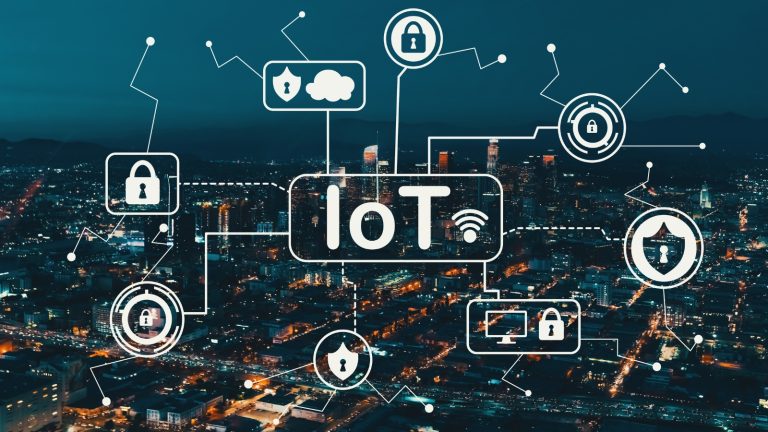
What is the point of receiving an ocean of data streaming through each of type of above-mentioned object detection sensors, when you cannot clarify what they indicate? This is where a powerful IoT network comes into play as the consolidation panel for all sorts of data. Tigernix Software Solutions are powered by IoT technology to capture, consolidate, configure and make sense of each data portion your sensors receive 24/7. Combined with AI and Predictive Analytics, our software solutions allow you to forecast, analyse and manage every asset smoothly.
